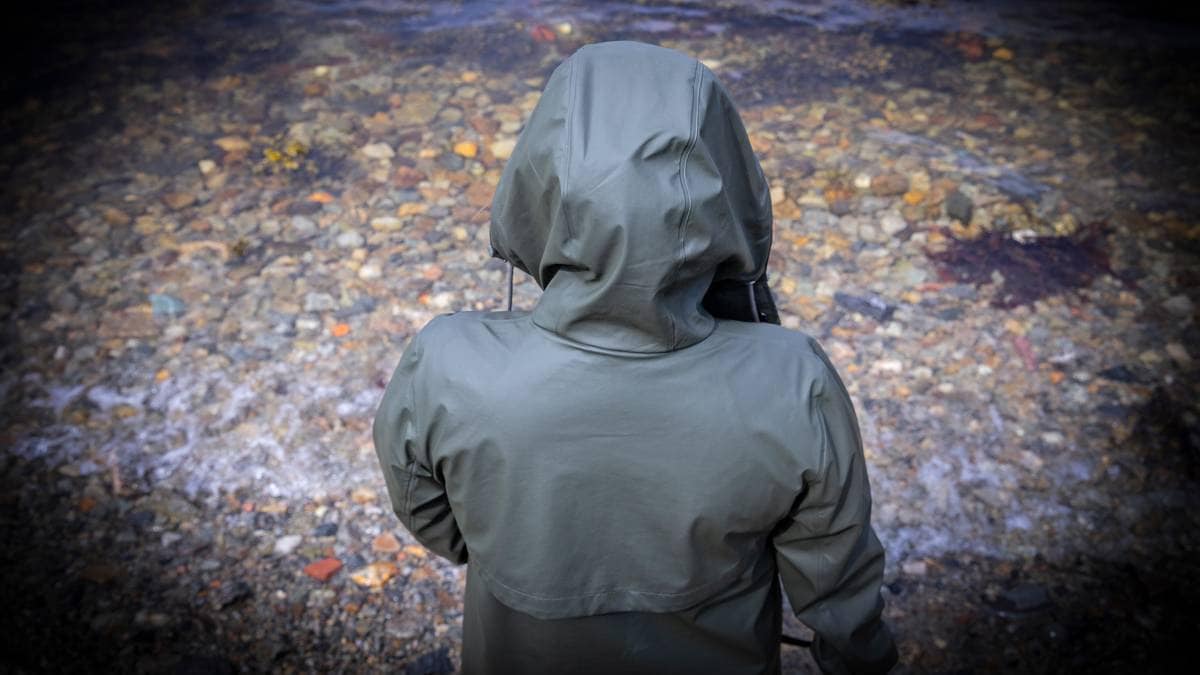Vhe New Yorker recently ran a big story about the German painter Neo Rauch. The reporter Thomas Meaney had visited him in his home town of Leipzig, had been driven by Rauch in his sports car through the East German countryside and had eaten ox cheeks with him in the “Grauer Hof”. Meaney describes the centaurs and the barefoot young women that Rauch paints with amazement, he reports on Rauch’s distrust of activists and Annalena Baerbock, on his love for Ernst Jiinger, on his coming to terms with the vanished utopias of socialism and on a misunderstanding that, according to Meaney According to Rauch’s success in America, “Some wealthy shoppers liked the idea of hanging parables of failed communism in their living rooms,” the reporter writes. Soon after Rauch’s discovery, “private jets from La Guardia to direct flights to Leipzig” set off. He also writes about the conflict between Rauch and the art critic Wolfgang Ullrich, who accused the painter of neo-right tendencies. Rauch responded with a painting entitled “Der Anbräuner” and showing a figure painting a Nazi with excrement. The critic responded to this picture, in which Ullrich saw himself portrayed, with the booklet “Gefendbild werden,” published at the end of 2020 “. The offshoots of this new East-West conflict in the German art world even reached New York.
But what is happening now in Leipzig, where not so long ago whole generations of young painters from all over the world were looking for the Leipzig School?
Private jets have not landed here for a long time. A budding artist pushes his bicycle past the red-weathered brick walls on the site of the old Leipzig cotton mill. One sees bizarre constructions, winches that have become meaningless, rails that have been abandoned for a long time. The hype surrounding the New Leipzig School has died down, and traditionally you don’t hear that much about art from Dresden. In fact, an art scene has developed in both cities that is not only unique in Germany. The art professors maintain old painterly traditions. Meticulous study of nature and drawing until the young art students develop calluses on their hands and their fingers bleed are compulsory. Most graduates stay. The art school continues to attract figurative painters from all over the world, who find an ideal, creative milieu in the rustic labyrinth of the Gründerzeit factory.
Before Corona, for example, the New Zealand artist Lisa Chandler commuted between Leipzig and Golden Bay every six months. In the trade fair city she not only found space, but also stimulating conversation partners. In her monumental painting “Language of the Unheard” (2017), demonstrators and police officers collide like forces of nature; the stringent geometry and the dynamic pictorial space develop a strong pull that draws the viewer into what is happening. The work was most recently exhibited in the Archiv Massiv exhibition space on the spinning mill premises and now hangs in the Tauranga Art Gallery in New Zealand. Chandler wants to give the “unnoticed” a voice. Not only in this picture, but in a whole series of works consisting of numerous paintings, serial miniatures, drawings and collages, she deals with the worldwide culture of protest.
– .


